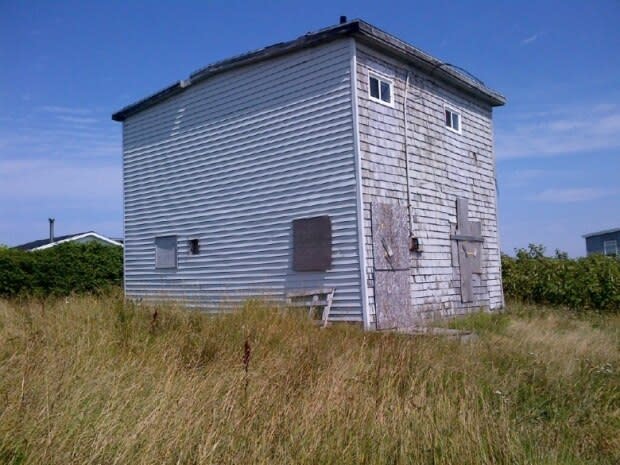Building permits on the rise while number of derelict homes drops in CBRM
The number of derelict properties in Cape Breton Regional Municipality is slowly dropping while the number of building permits has stopped dropping.
Paul Burt, CBRM's manager of building, planning and licensing, said about 600 derelict homes needed to be torn down two years ago, but that is down to 480.
The municipality demolishes roughly 60 derelict houses a year but new properties are regularly added to the list.
Burt said the good news is that the number of building permits is on the upswing after 20 years of declines.
"We're really starting to sense ... maybe a little bit of a turnaround just on the horizon," he told Steve Sutherland of CBC's Information Morning Cape Breton.
Over the last two years, CBRM has demolished 262 houses, but issued 255 building permits.

"We're still slightly behind on demolitions versus new builds, but that gap, that number, is shrinking, and last year we did see a slight little blip increase in the number of permits from the year before, which was something new for us," Burt said.
"They've been pretty consistent over the years, the number, and have consistently gone down a little bit each year, so having them come up, even though it was a slight blip last year, we're hoping to see it come up again this year and now it becomes a bit of a trend."
Burt said there's a new sense of economic optimism, with the Nova Scotia Community College moving into downtown Sydney, provincial health-care construction coming soon and a huge influx of international students at Cape Breton University.
Students bringing families
Some of the students are bringing their families and they are buying properties and starting businesses, he said.
The municipality and the business community are also working hard to revitalize the downtown cores in CBRM communities, said Burt.
The municipality spends about $500,000 a year to demolish derelict homes and budgets $120,000 of that to cover the cost of demolitions that won't be recovered through property taxes.
Burt said there are no neighbourhoods that are immune to derelict properties, but some are worse than others.

They are mostly leftovers from the loss of the coal and steel industries.
"Most of our demolitions occur in the former industrial towns, with the decline or loss of industry," he said.
"We've developed a scoring sheet to assess the properties based on the risk, structural integrity, proximity to other buildings."
CBRM also considers which properties generate trespassing complaints, but the criteria are mostly objective, said Burt.
Properties back on tax roll
Some of the properties where houses are demolished also end up with new buildings on them, so the properties actually improve the tax roll, he said.
Despite signs of optimism, Burt said many Cape Bretoners are skeptical of suggestions the economy is turning the corner.
"I think we're starting to see a little bit of the fruit of our labours starting to pay off, but until we see shovels in the ground, I don't think people are going to get too excited around here."
MORE TOP STORIES


